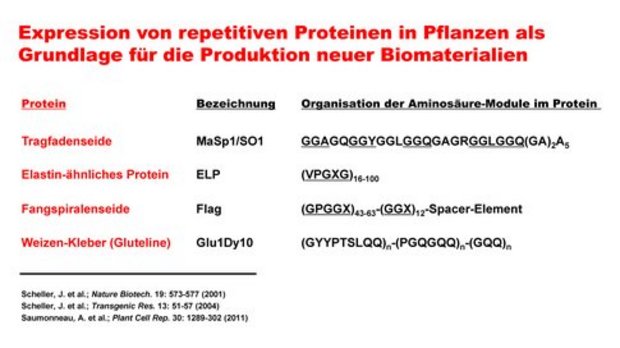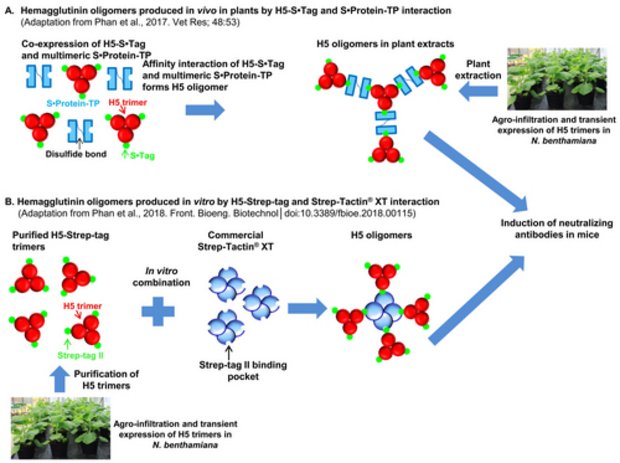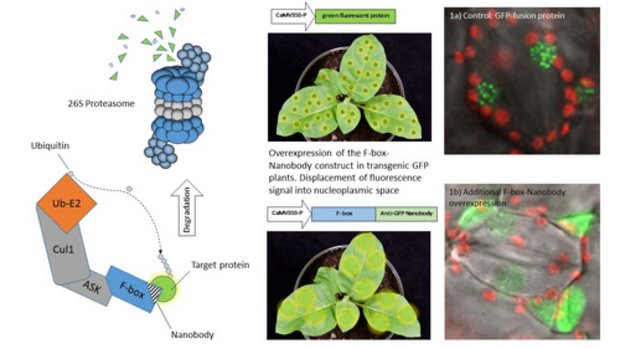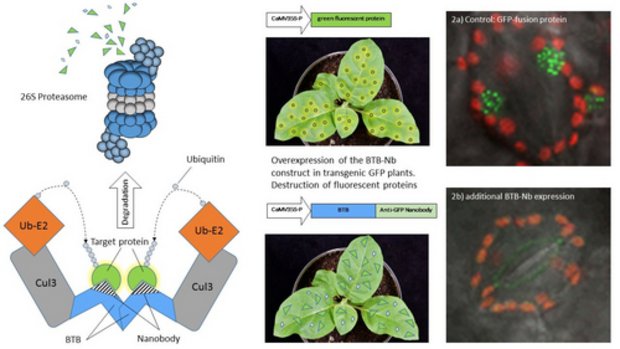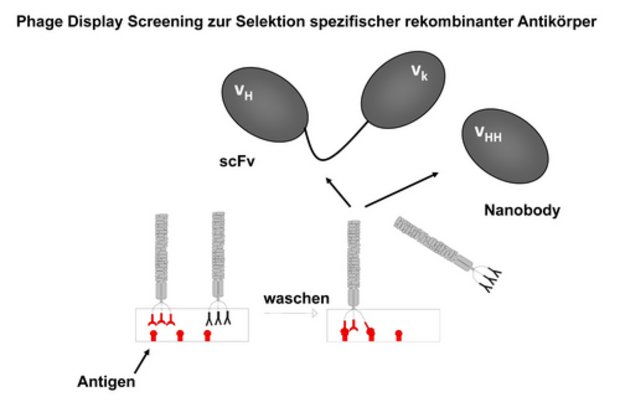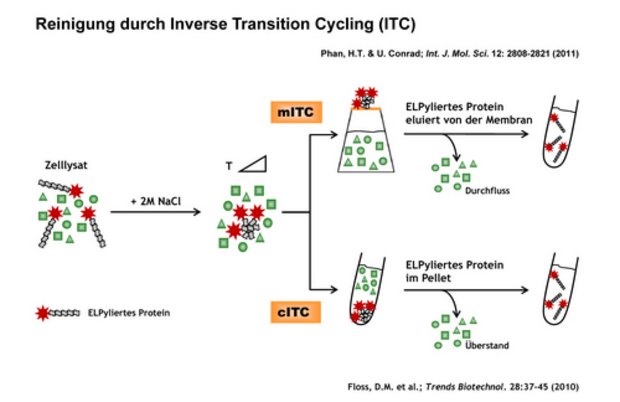Research Priorities
Head: Prof. Dr. Udo Conrad
The research group is concerned with the production of recombinant proteins in transgenic plants and with simple and innovative methods for the purification of these proteins. In addition, the group is working on the targeted degradation of specific proteins in plants in order to block their function.
An important subject area includes work on Molecular F(Ph)arming. One focus of this work is the expression of repetitive proteins in plants in order to produce new biomaterials. Spider silk proteins are in the focus of interest here. During evolution, spiders have perfected the production and use of very different protein-based silk materials. These silk fibres have extraordinary properties that far outperform technical fibres in terms of strength and elasticity. The silk used by spiders as a holding thread and as a frame thread for their nets has very special mechanical properties: it is five times stronger than steel and three times tougher than Kevlar (p-Aramid), the best man-made synthetic fibre. The catching thread silk, e.g. the flagelliform silk, is less firm than the carrying thread silk, but can be stretched to several times its length before it tears. The silk used as a catch thread therefore has a very high elasticity and stretchability. It can therefore absorb the kinetic energy of the prey very well. The work has therefore concentrated on the expression of the main constituents of the silk, the proteins MaSp1 (Scheller et al., 2001) and MaSp2 as well as the most important constituent of the flagelliform silk, the protein FLAG. It is assumed that the size of the bearing silk proteins is a key factor for the mechanical properties of spun fibres, as all spiders investigated so far produce very high molecular weight spider silk proteins. For this reason, the production of spider silk proteins of native size (over 200 kDa) in plants is of central interest. As a method we use posttranslational linkage in vitro by transglutaminase (Weichert et al., 2014) and in vivo by intein-based protein splicing (Hauptmann et al., 2013a, Hauptmann et al., 2013b). "Protein splicing" was also used for seed-specific accumulation of stable high molecular weight spider silk protein multimers (Weichert et al., 2016). ELPylated spider silk derivatives proved to be non-cytotoxic and non-hemolytic biopolymers (Hauptmann et al., 2015). Mechanical characterization is performed by cooperation partners at Fraunhofer IWM Halle (Junghans et al., 2006; Junghans et al., 2008, Weichert et al., 2014, Hauptmann et al., 2013).
